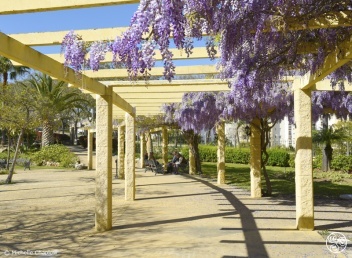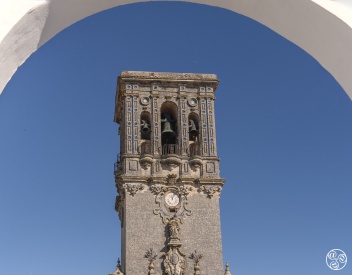Bioparc Fuengirola
Zoos aren't what they used to be, fortunately. You won't find miserable animals pacing up and down shoebox cages, clinging to solitary branches or paddling around in sad puddles at Bioparc Fuengirola - Fuengirola's visitor and animal-friendly zoo.






